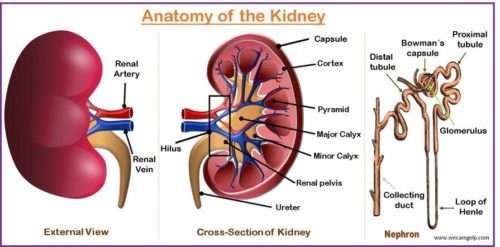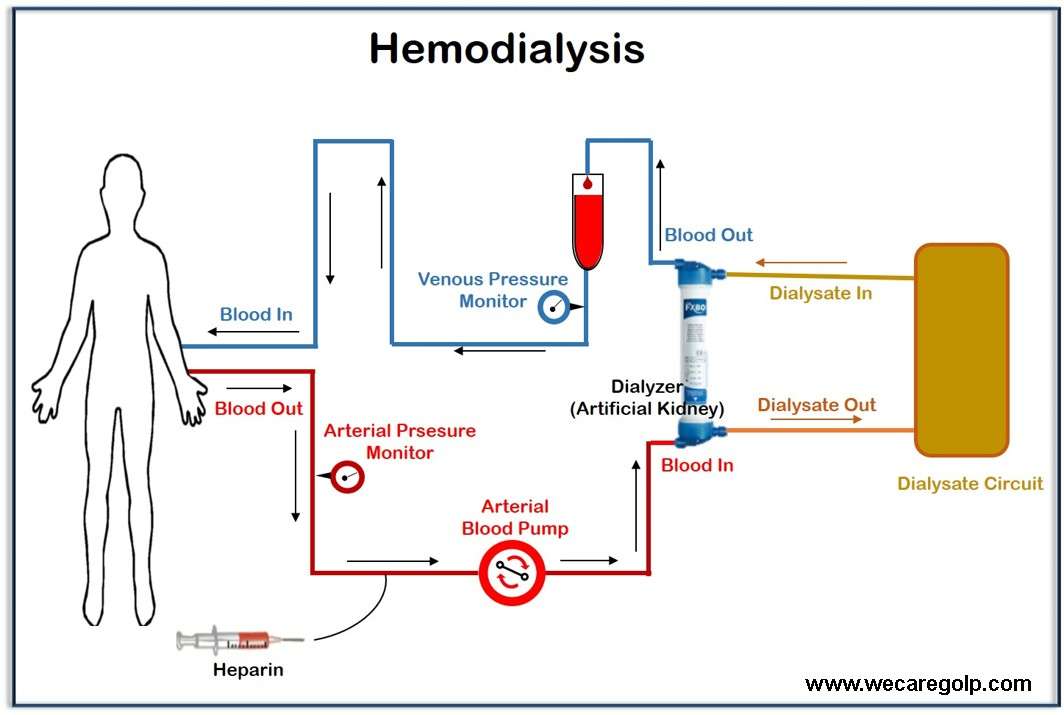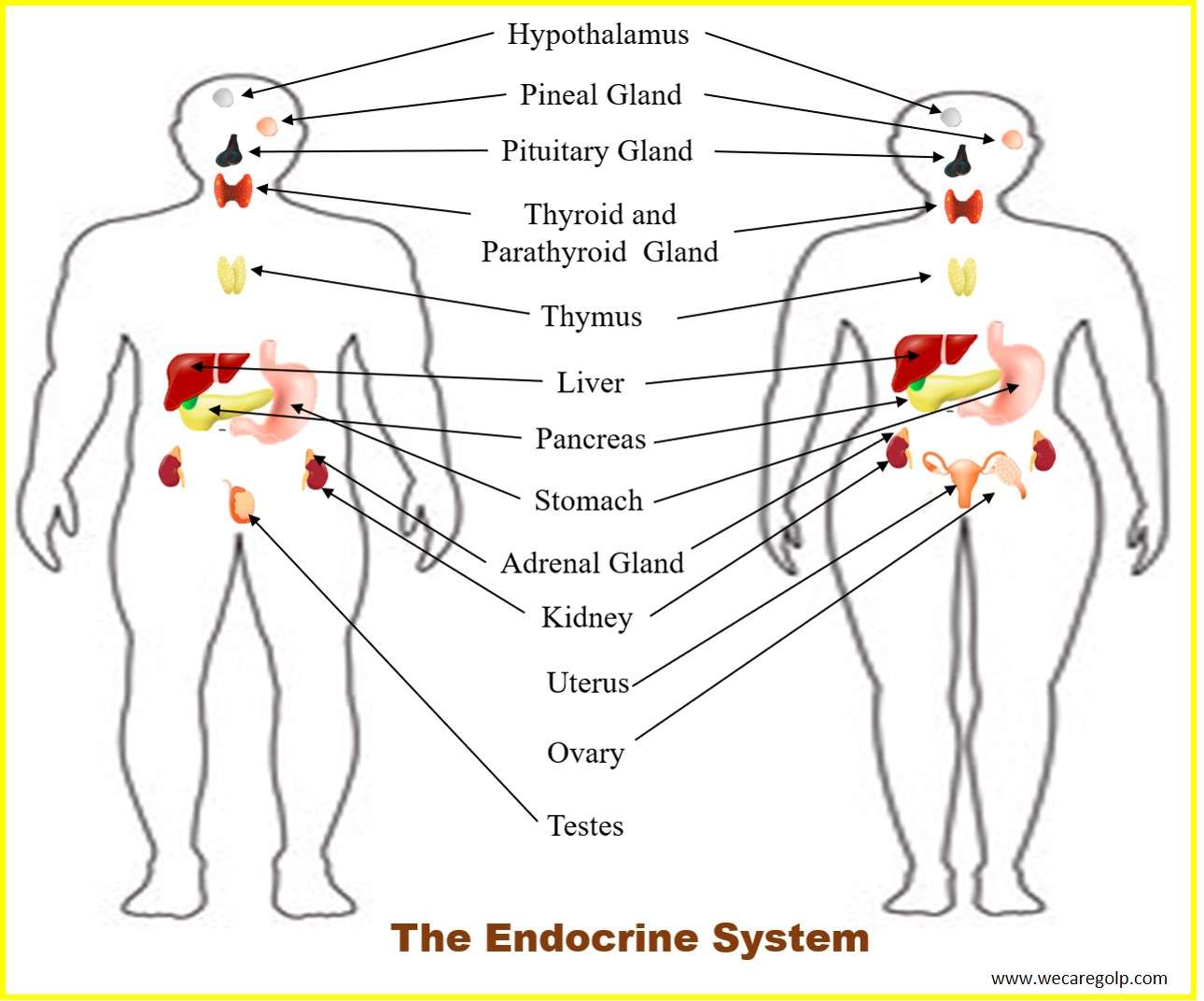Anatomy of the Kidney
Introduction The anatomy of the kidney consists of gross and microscopic structures. The kidney is a vital organ in the human body responsible for many functions, including regulating salt and electrolyte, maintaining fluid balance, filtering waste products from the blood, and producing urine. The average adult renal blood flow is 1,000 to 1,400 ml per … Read more



